Increasing Cancer Incidence
The rising incidence of cancer in the GCC region is a primary driver for the pd l1-inhibitors market. As cancer rates continue to escalate, the demand for effective treatment options, particularly immunotherapies, is likely to grow. According to recent statistics, cancer cases in the GCC are projected to increase by approximately 20% over the next decade. This alarming trend compels healthcare providers and pharmaceutical companies to invest in innovative therapies, including pd l1-inhibitors. The urgency to address this health crisis is fostering a robust market environment, as stakeholders seek to develop and commercialize new treatment modalities. Consequently, the pd l1-inhibitors market is positioned to expand significantly, driven by the need for advanced cancer therapies that can improve patient outcomes and survival rates.
Growing Awareness and Education
The growing awareness and education surrounding cancer treatment options are significantly influencing the pd l1-inhibitors market. As healthcare professionals and patients become more informed about the benefits of immunotherapy, the demand for pd l1-inhibitors is expected to rise. Educational campaigns and initiatives by healthcare organizations are playing a pivotal role in disseminating information about the effectiveness of these therapies. Furthermore, increased patient advocacy and support groups are contributing to a more informed patient population, which is likely to drive treatment decisions towards immunotherapy options. This heightened awareness is fostering a more favorable market environment for pd l1-inhibitors, as patients actively seek out advanced treatment modalities that align with their healthcare needs.
Regulatory Support and Approvals
Regulatory support plays a crucial role in shaping the pd l1-inhibitors market. In the GCC, health authorities are increasingly recognizing the importance of immunotherapy in cancer treatment, leading to streamlined approval processes for new therapies. Recent initiatives aimed at expediting the review and approval of innovative cancer treatments have created a favorable environment for the introduction of pd l1-inhibitors. This regulatory landscape not only encourages pharmaceutical companies to invest in the development of new products but also enhances patient access to cutting-edge therapies. As a result, the pd l1-inhibitors market is likely to experience accelerated growth, driven by the timely availability of approved therapies that meet the urgent needs of cancer patients in the region.
Investment in Healthcare Infrastructure
Investment in healthcare infrastructure within the GCC is a vital driver for the pd l1-inhibitors market. Governments in the region are prioritizing healthcare development, leading to the establishment of advanced medical facilities and research institutions. This investment is crucial for supporting the delivery of innovative cancer treatments, including pd l1-inhibitors. Enhanced healthcare infrastructure facilitates the implementation of clinical trials, patient care, and access to cutting-edge therapies. As healthcare systems evolve, the pd l1-inhibitors market is likely to benefit from improved access to treatment options and increased patient enrollment in clinical studies. This trend indicates a commitment to advancing cancer care in the region, ultimately fostering growth in the pd l1-inhibitors market.
Advancements in Research and Development
Ongoing advancements in research and development (R&D) are propelling the pd l1-inhibitors market forward. The GCC region is witnessing a surge in clinical trials and studies focused on the efficacy of pd l1-inhibitors in various cancer types. Recent investments in biotechnology and pharmaceutical sectors have led to the emergence of novel compounds and combination therapies that enhance the effectiveness of existing treatments. For instance, the introduction of personalized medicine approaches is expected to optimize patient responses to pd l1-inhibitors. As R&D efforts intensify, the market is likely to benefit from a pipeline of innovative therapies, which could lead to increased adoption and utilization of pd l1-inhibitors in clinical settings. This dynamic environment fosters competition among pharmaceutical companies, further stimulating market growth.


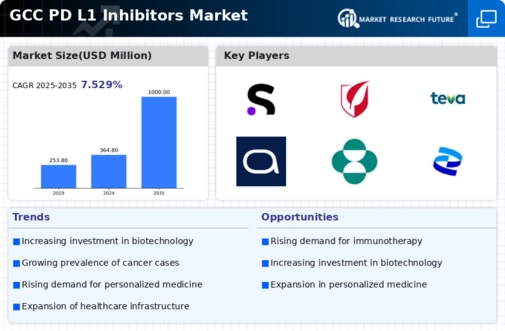
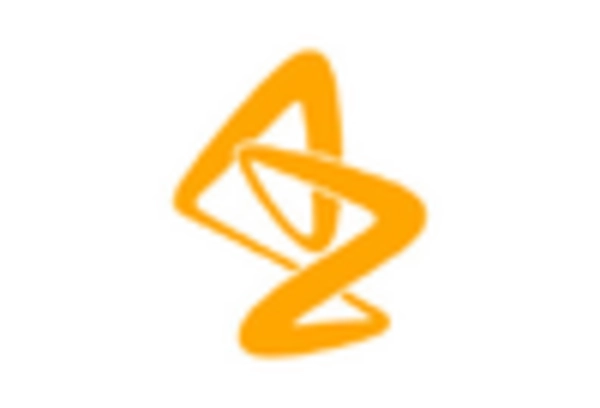
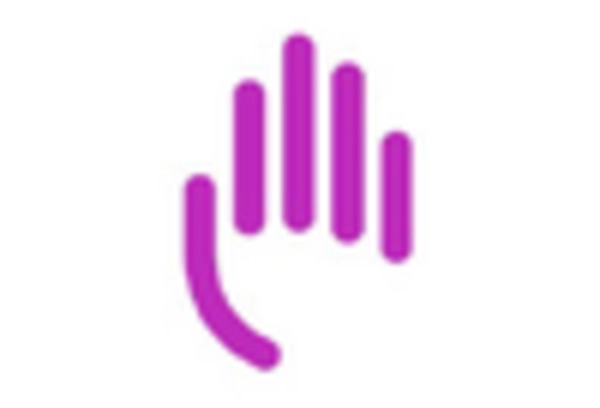
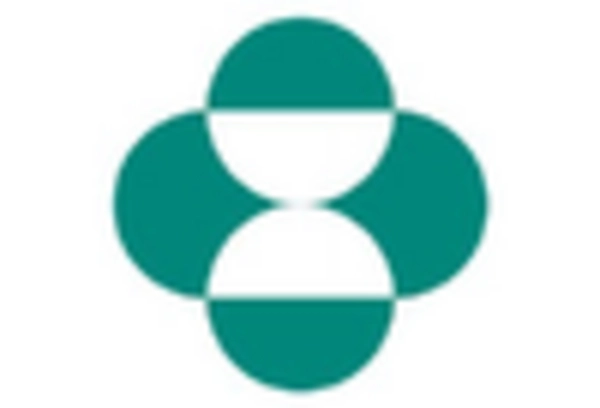
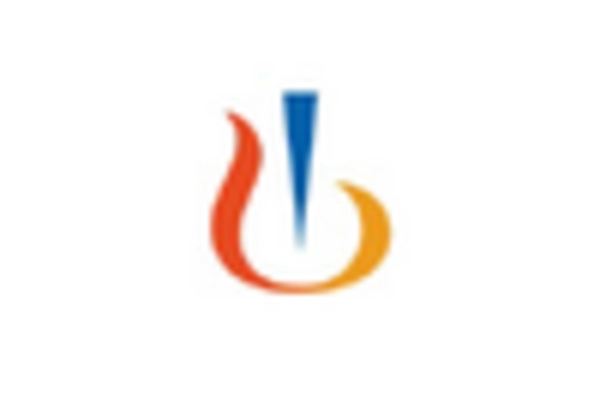

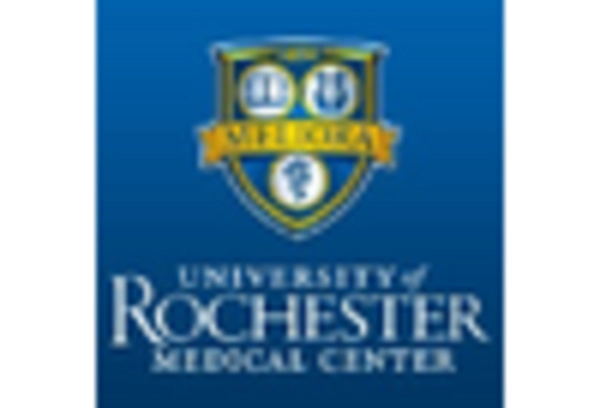








Leave a Comment